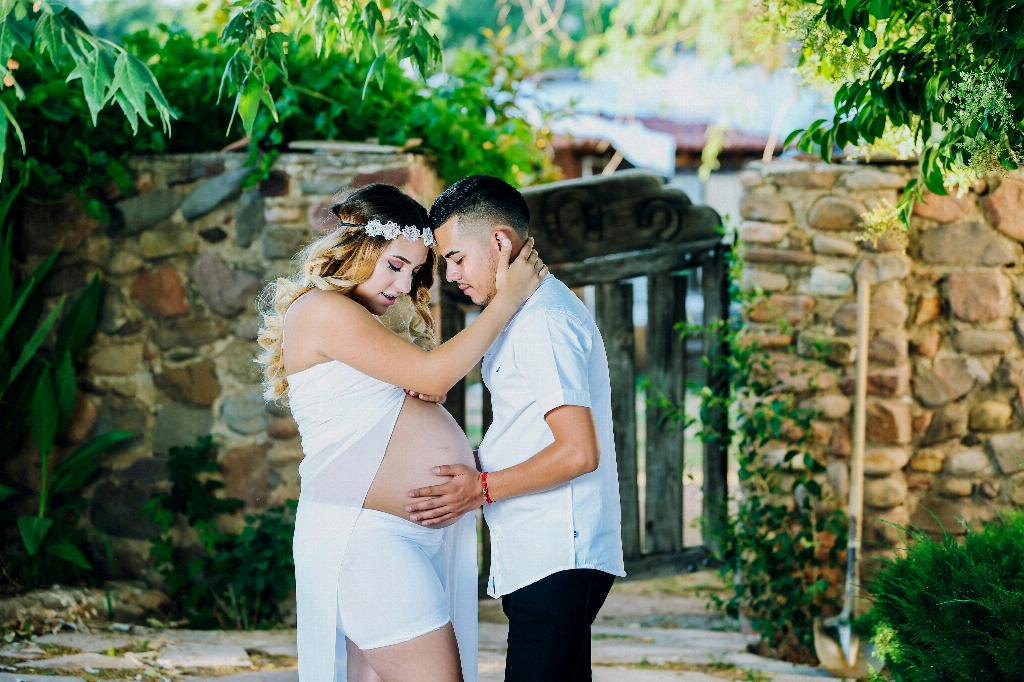After undergoing a C-section, the last thing on your mind is likely your hospital attire. However, it’s important to consider what you will wear during your recovery period. Here’s a detailed guide to help you navigate this aspect of post-surgery care.
Nightdress for the First Night
For the first night in the hospital after your C-section, a nightdress is essential. Due to the presence of a catheter for at least 12 hours post-surgery, wearing pyjama bottoms may not be practical. Opt for a comfortable nightdress that allows for easy access for medical procedures and monitoring.
Slippers or Soft Shoes
While in the hospital ward, you’ll likely need to do some walking around to aid in your recovery. Slippers or soft shoes are ideal for this purpose. Choose footwear that is easy to slip on and off, comfortable to wear for extended periods, and provides adequate support for walking.
Loose-Fitting Clothing
During your stay in the hospital after a C-section, it’s crucial to opt for loose-fitting clothing. This will help prevent any unnecessary pressure or discomfort on your incision site. Loose tops and bottoms that are easy to put on and take off will make your hospital stay more manageable.
Front-Opening Tops
Front-opening tops are incredibly convenient after a C-section. They allow for easy access to your incision site for dressing changes and medical examinations. Look for tops with buttons or zippers that make it simple to open and close without much effort.
High-Waisted Bottoms
When selecting bottoms to wear after a C-section, high-waisted options are your best bet. These bottoms sit above your incision site, providing comfort and avoiding any unnecessary irritation. Elasticated waistbands are also a good choice for flexibility and ease of wear.
Comfortable Undergarments
Choosing the right undergarments post-C-section is crucial for your comfort and well-being. Opt for comfortable, breathable underwear that won’t rub against your incision. Seamless options are ideal to prevent any irritation or discomfort.
Nursing Bras
If you plan on breastfeeding after your C-section, nursing bras are a must-have. These bras offer easy access for nursing your baby while providing the necessary support and comfort for your recovery period. Look for soft, adjustable styles that cater to your needs.
Hygiene Essentials
Don’t forget to pack your hygiene essentials for your hospital stay. Items such as toothbrush, toothpaste, facial wipes, and dry shampoo can help you feel fresh and clean during your recovery. Maintaining good hygiene practices is essential for your overall well-being.
Comfortable Robe
A comfortable robe can be a versatile addition to your hospital attire after a C-section. Robes provide warmth and coverage when needed, while also being easy to put on and take off. Opt for a soft, lightweight robe that offers comfort and convenience during your hospital stay.
Compression Garments
Compression garments can aid in your recovery after a C-section by providing support to your abdominal area. These garments can help reduce swelling and discomfort, promoting better healing post-surgery. Consult with your healthcare provider to determine if compression garments are suitable for you.
Personal Comfort Items
Bringing along personal comfort items can make your hospital stay after a C-section more pleasant. Consider packing items such as your favorite pillow, blanket, or book to help you relax and feel more at ease during your recovery. Creating a comfortable environment can positively impact your healing process.
Final Thoughts
Your hospital attire after a C-section plays a crucial role in your comfort and recovery. By selecting appropriate clothing and essentials, you can ensure a smoother and more manageable stay during this critical period. Prioritize comfort, convenience, and hygiene to support your healing journey post-surgery.

